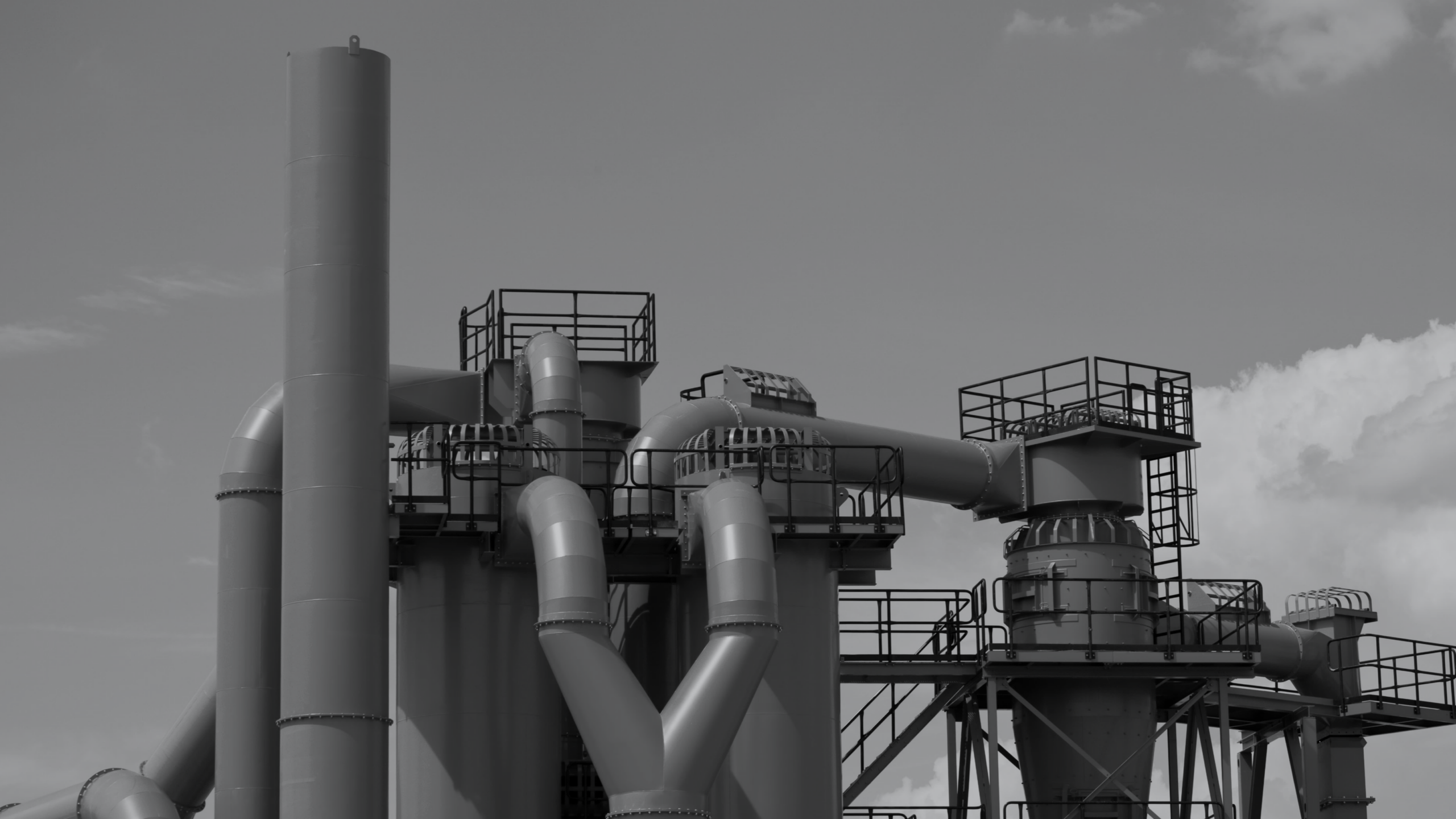Sector: Private
Industry: Servicing
Domain: Chemical plants

Plant redesign: Preparation
Organization. Redesign for renovation or expansion of a plant covers three stages. In the pre-sales stage, one designer is assigned internally to make a conceptual design. If the customer (i.e., the owner of the plant) shows interest, a small team of designers makes a basic design in the sales stage. If the customer accepts the basic design and places an order, a larger team of designers makes a detailed design in the fulfilment stage.
Plant redesign offers room for innovation. An investment in renovation or expansion is relatively limited and the customer can then take more risk than with new build, which is much more expensive. An innovation that works well in renovation or expansion can then be introduced as proven technology in new build. Deliberate innovation in renovation or expansion therefore provides a competitive advantage in new build.
Environmental factors. Competition with other companies.
Challenge. In practice, the principal designer is the only one who has mastered the pre-sales stage of plant redesign. Training designers in this stage is going too slow. Hiring is not an option since the expertise required is unique.
Goal. Increase performance.
Objective. Reduce the dependency on the principal designer in the pre-sales stage of plant redesign.
Benefit. Larger revenue security.
Worthwhile.
Plant redesign: Execution
Identify
- Produce a conceptual design to renovate or expand a plant
- Design brief
- Scope
- Quality
- Benefit
- Time
- Estimate the time needed:
- Retrieve historical records of design briefs for conceptual design to renovate or expand a plant
- For each retrieved design brief, determine the degree of similarity to the scope
- Calculate the mean design time of retrieved design briefs, weighted by the degree of similarity
- Estimate the time needed:
- Cost
- Risk
- Design strategy
- Adopt a fail-safe innovation strategy: “Introduce one new technology that can be bypassed in case of failure. Use proven technology for the rest.”
- Design frame
- Design problem
- Collect explicit requirements
- Derive implicit requirements
- Appraise customer traits
- Infer requirements related to customer traits
- Design concept
- ~ development
- ~ review
- Analyze performance sensitivity
- ~ validation
- Display commercial acumen
- Design solution
- Design brief
Analyze
- Knowledge:
- Adopt a fail-safe innovation strategy
- Appraise customer traits
- Analyze performance sensitivity
- Experience:
- Estimated the time needed
- Collect explicit requirements
- Infer requirements related to customer traits
- Intuition:
- Display commercial acumen
- Reputation:
- Estimate the time needed
- Adopt a fail-safe innovation strategy
- Stakeholder needs:
- Collect explicit requirements
- Appraise customer traits
- Infer requirements related to customer traits
- Analyze performance sensitivity
- Display commercial acumen
- Equal advantage:
- Collect explicit requirements
- Temporary advantage:
- Estimate the time needed
- Appraise customer traits
- Infer requirements related to customer traits
- Unused advantage:
- Adopt a fail-safe innovation strategy
- Analyze performance sensitivity
- Display commercial acumen
Make
- System. Include instructions in the standard operating procedure for:
- Adopt a fail-safe innovation strategy
- Appraise customer traits
- Analyze performance sensitivity
- System. Elicit and include instructions in the standard operating procedure for:
- Estimate the time needed
- Collect explicit requirements
- Infer requirements related to customer traits
- System. Circumscribe and/or illustrate and include as preconditions in the standard operating procedure:
- Display commercial acumen
- Skills. Train the responsible manager in allocating designers with the following capabilities:
- Display commercial acumen
- Skills. Train designers with the following capabilities in executing the standard operating procedure:
- Display commercial acumen
